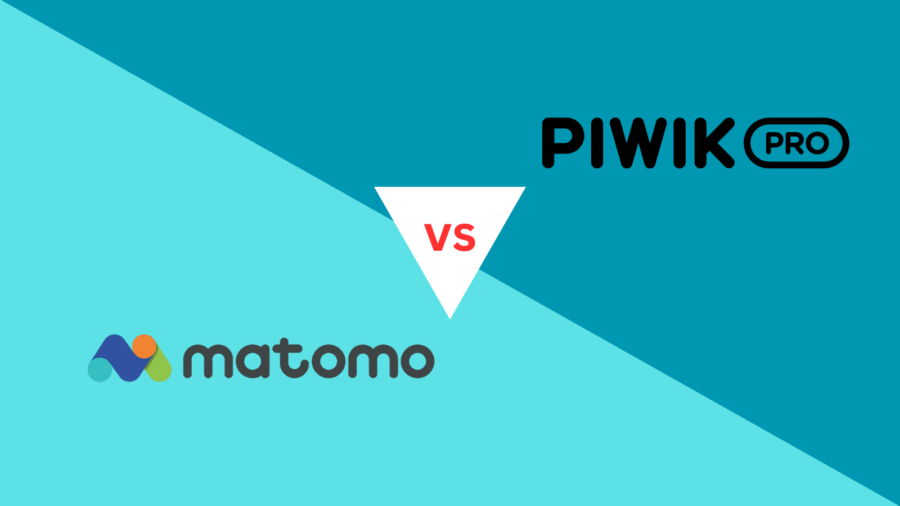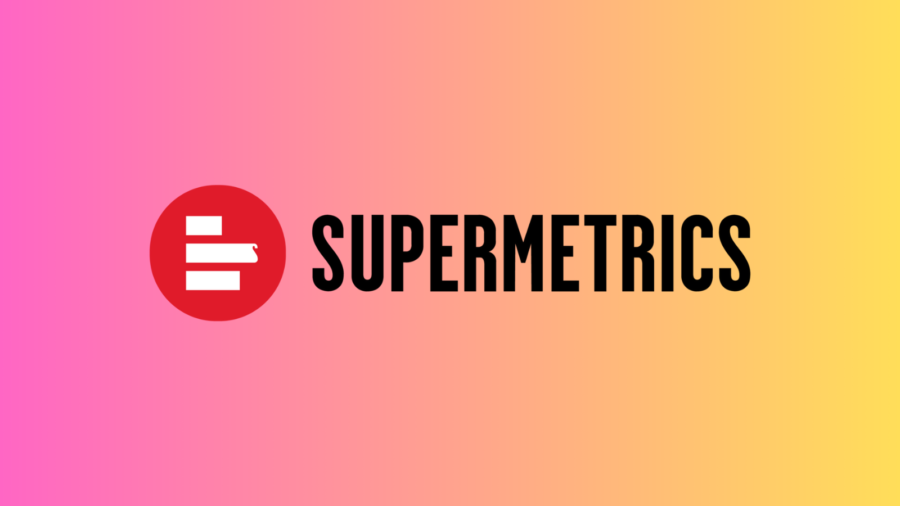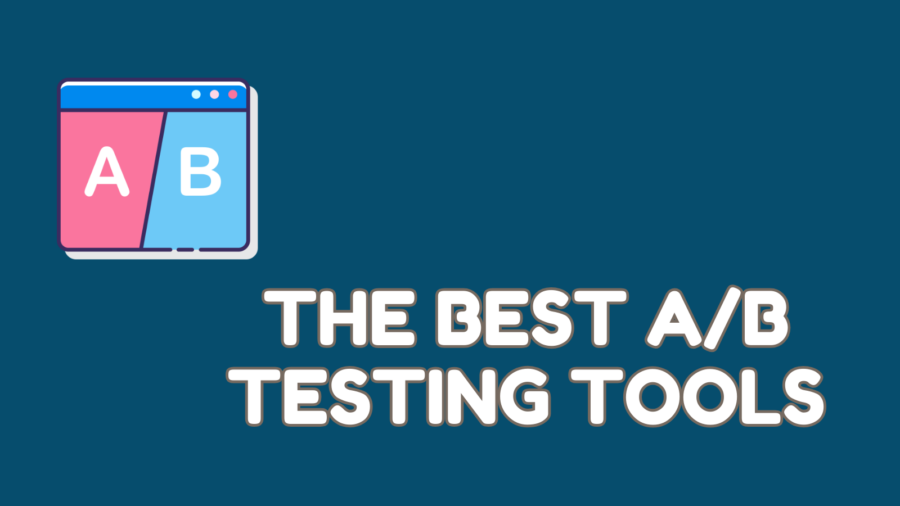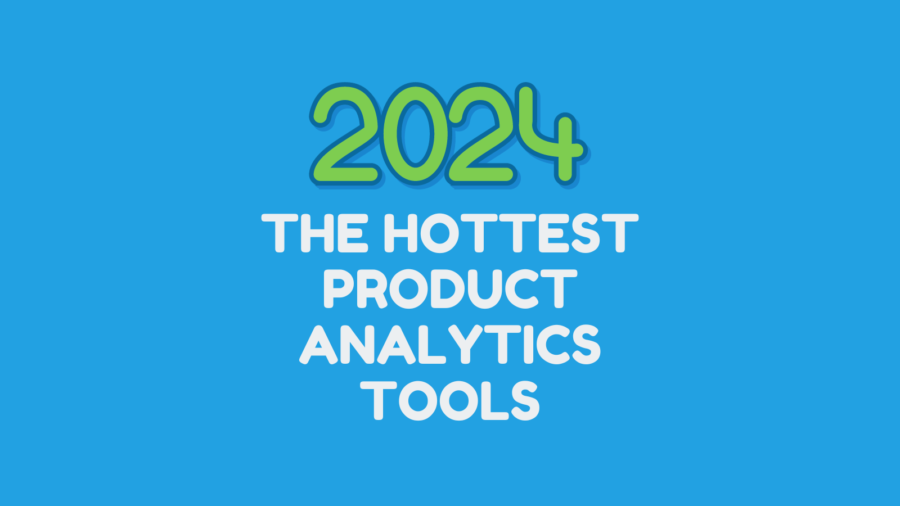Introduction: The Battle of Product Analytics Titans
Product Analytics plays a pivotal role in empowering product managers and stakeholders to make informed decisions, enhance user experiences, and drive business growth. Among the leading players in the product analytics space are Google Analytics and Heap Analytics, each offering unique features and capabilities to support product teams. This comprehensive comparison will delve into the functionalities, advantages, and limitations of Google Analytics and Heap Analytics, helping product managers and stakeholders select the most suitable tool to fulfil their specific needs and objectives.
Understanding Google Analytics: Unveiling User Behavior Insights
Google Analytics: A Comprehensive Web Analytics Platform
Google Analytics is a widely adopted web analytics platform that provides essential insights into user behavior on websites and mobile applications. With its easy-to-install JavaScript tracking code, product managers can capture valuable data on user interactions, page views, bounce rates, and more. Google Analytics offers a wide range of reports and visualizations, enabling product managers to effectively understand user engagement, traffic sources, and conversion rates.
One of Google Analytics’ standout features is its integration with the broader Google ecosystem, including Google Ads and Google Search Console. This integration allows product managers to comprehensively view user acquisition, behavior, and conversion data. Additionally, Google Analytics’ customizable dashboards and real-time reporting empower product teams to monitor key metrics instantly, aiding in rapid decision-making and performance optimization.
Google Analytics’ Strengths:
Google Analytics excels in its comprehensive web and mobile app tracking capabilities. The platform provides a wealth of data on user behavior, enabling product managers to identify high-performing pages, assess user flow, and discover opportunities for improvement. The integration with Google Ads also facilitates in-depth analysis of advertising performance and ROI, guiding marketing strategies to attract and retain valuable users.
Google Analytics’ robust segmentation features allow product managers to create targeted cohorts based on user behavior and attributes. This segmentation enables personalized user experiences, helping product teams tailor content and offerings to specific user groups. Moreover, with its seamless integration with other Google products, Google Analytics offers a holistic approach to understanding user interactions and marketing performance.
Understanding Heap Analytics: Uncovering Granular User Insights
Heap Analytics: An Event-Tracking Analytics Platform
Heap Analytics is a powerful event-tracking analytics platform that emphasizes data exploration and granular analysis. With its automatic event capturing capabilities, Heap Analytics eliminates the need for manual tracking, enabling product managers to gain insights into user interactions effortlessly. Heap Analytics empowers product teams to explore user behavior, conduct funnel analysis, and create custom events without requiring extensive coding or implementation efforts.
Heap Analytics’ strength lies in its event-based tracking, allowing product managers to retroactively define events and measure user interactions without prior setup. This capability gives product teams the flexibility to uncover insights and answer questions even after events have occurred. Heap Analytics’ user-friendly interface further simplifies data exploration, enabling product managers to dissect user behavior patterns and make data-driven decisions efficiently.
Heap Analytics’ Strengths:
Heap Analytics excels in its advanced data exploration and analysis capabilities. Product managers can create custom events and funnels without the need for code implementation, providing the flexibility to adjust analyses based on evolving business needs. This empowers product teams to uncover actionable insights, discover user journeys, and identify bottlenecks in the user experience.
Heap Analytics’ powerful segmentation features enable product managers to create highly targeted cohorts based on specific user attributes and behavior. This level of granularity allows for personalized messaging and interventions, ultimately leading to improved user engagement and retention. Additionally, Heap Analytics’ retroactive event tracking empowers product teams to explore new questions and analyze user interactions retrospectively, opening doors to previously undiscovered opportunities.
Feature Comparison: Google Analytics vs. Heap Analytics
Data Collection and Integration:
Google Analytics and Heap Analytics both offer robust data collection options. Google Analytics’ JavaScript tracking code is well-suited for web and mobile app data capture, while Heap Analytics’ automatic event capturing simplifies data collection and eliminates manual event tracking setup.
User Behavior Tracking:
Google Analytics provides essential web and mobile app tracking capabilities, allowing product managers to monitor user behavior, page views, and bounce rates. Heap Analytics, with its focus on event tracking, enables granular analysis and exploration of user interactions.
Data Exploration and Visualization:
Heap Analytics stands out in data exploration with its event-based tracking and flexible custom event creation. The platform allows product managers to uncover insights and answer questions even after events have occurred. Google Analytics offers a wealth of reporting and visualization options, providing a comprehensive view of website and app performance.
User Segmentation:
Both Google Analytics and Heap Analytics provide powerful segmentation features, allowing product managers to create highly targeted cohorts based on user attributes and behavior. This enables personalized messaging and interventions to improve user engagement.
Real-Time Reporting:
Google Analytics offers real-time reporting, allowing product teams to monitor key metrics instantly. Heap Analytics also provides real-time event tracking, empowering product managers to access and analyze data in real-time.
Integration with Other Platforms:
Google Analytics excels in its integration with the broader Google ecosystem, including Google Ads and Google Search Console, providing a comprehensive view of user acquisition and behavior. Heap Analytics also offers integration capabilities, allowing product teams to connect data with other tools for streamlined workflows.
Pricing and Scalability:
Google Analytics provides a free version with basic features, making it suitable for smaller businesses and entry-level analytics needs. Heap Analytics offers various pricing tiers, including a free version with limited data retention, and scalable plans based on data volume and specific requirements.
Conclusion: Empowering Data-Driven Product Strategies
In conclusion, both Google Analytics and Heap Analytics are formidable tools that cater to diverse product analytics needs. Google Analytics’ strength lies in its comprehensive web and mobile app tracking, seamless integration with other Google products, and easy-to-use interface. This makes it an excellent choice for product teams seeking essential web and app analytics with broader insights into user acquisition and marketing performance.
On the other hand, Heap Analytics shines in its event-based tracking, advanced data exploration, and granular user insights. Product managers looking to perform detailed analyses, create custom events, and gain flexibility in retroactive tracking will find Heap Analytics to be a powerful asset for their data-driven product strategies.
Ultimately, the choice between Google Analytics and Heap Analytics depends on the specific requirements and objectives of the product team. By understanding the unique features and strengths of each tool, product managers and stakeholders can harness the power of product analytics to drive business success and deliver exceptional user experiences.
Check more comparisons from our Unraveling the Power of Product Tools series.





